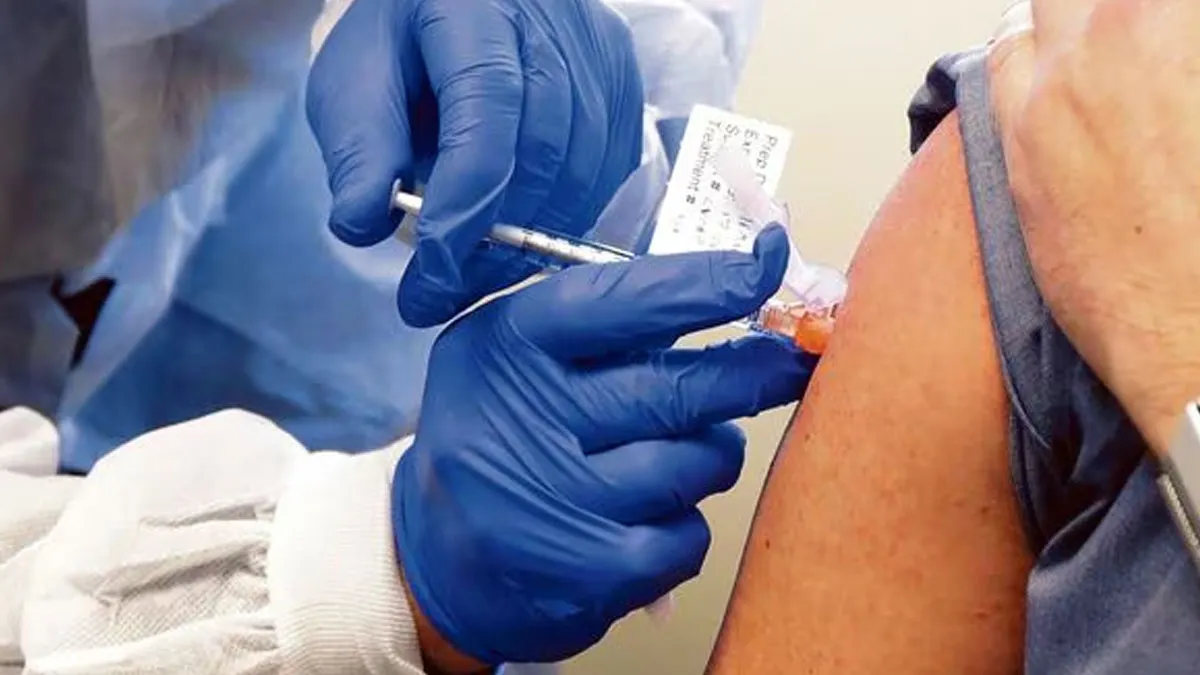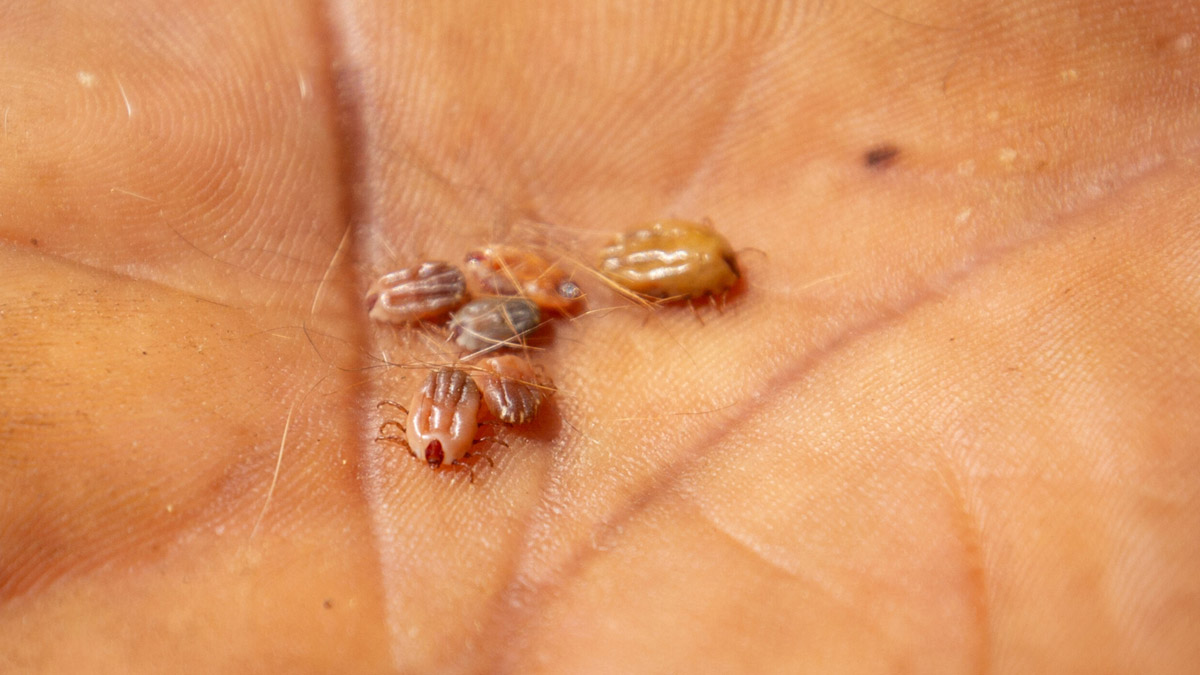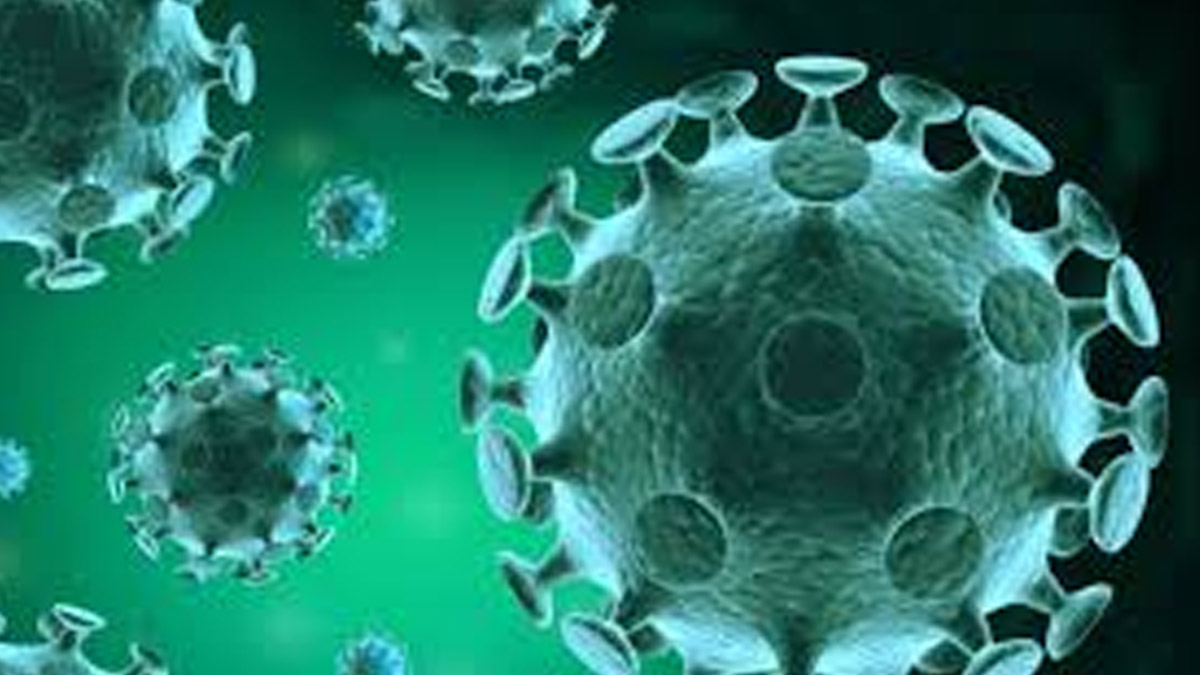
India is making significant strides in its battle against Kyasanur Forest Disease (KFD), commonly known as Monkey Fever, by developing its first indigenously produced vaccine. This crucial development is expected to provide better protection against the viral infection, which primarily affects people in forested regions of southern India. The initiative is a step towards self-reliance in vaccine production and a proactive approach to tackling emerging infectious diseases.
Table of Content:-
-1739854266895.jpg)
Understanding Monkey Fever (KFD)
Kyasanur Forest Disease is a tick-borne viral infection first identified in Karnataka's Kyasanur Forest in 1957. The disease is caused by the Kyasanur Forest Disease Virus (KFDV), a member of the Flavivirus family. It is transmitted to humans through tick bites, primarily from infected monkeys, which act as natural hosts.
Also Read: Researchers Identify New Type Of Blood Test To Identify Children At Risk Of Diabetes
The disease manifests with symptoms such as high fever, severe headache, muscle pain, nausea, vomiting, and bleeding tendencies. In severe cases, KFD can lead to neurological complications and even fatalities. With no specific antiviral treatment available, vaccination is the most effective preventive measure.

Need for an Indigenous KFD Vaccine
KFD remains a recurring public health threat in parts of Karnataka, Maharashtra, Goa, Kerala, and Tamil Nadu, with periodic outbreaks reported in these regions. While an existing vaccine has been in use, it has certain limitations, including reduced efficacy over time and logistical challenges in its administration. Given the rise in cases and concerns over the current vaccine's effectiveness, Indian health authorities and researchers have intensified efforts to develop a more potent, indigenous vaccine.
Also Read: Weight Loss Medications Linked To Lower Dementia And Heart Risk: Study
The Development of the Indigenous Vaccine
The Indian Council of Medical Research (ICMR) and other leading biomedical research institutions have been actively involved in the development of an improved KFD vaccine. The initiative aims to enhance the vaccine's efficacy, improve immunization coverage, and reduce the burden of the disease in endemic regions. The new vaccine is expected to be formulated using advanced biotechnological approaches that ensure longer-lasting immunity and fewer side effects.
How the Vaccine Will Help
The indigenous KFD vaccine is expected to provide the following benefits:
- Increased Effectiveness: A stronger immune response and longer protection against KFD.
- Better Accessibility: A locally produced vaccine will be more readily available in affected regions.
- Cost-Effective Solution: Reducing dependency on imported vaccines and cutting down immunisation costs.
- Enhanced Public Health Measures: A well-developed vaccination strategy can significantly lower KFD-related mortality and morbidity rates.
Challenges and Future Prospects
While the development of an indigenous KFD vaccine is a major milestone, certain challenges need to be addressed. These include ensuring large-scale production, obtaining regulatory approvals, and rolling out an effective immunization program. Additionally, public awareness campaigns will be crucial to encourage vaccination in at-risk communities.

Looking ahead, the successful launch of India’s first indigenously developed Monkey Fever vaccine could pave the way for more homegrown solutions to combat other neglected tropical diseases. It underscores India's commitment to strengthening its healthcare infrastructure and preparedness against vector-borne diseases.
As research progresses, health authorities remain optimistic that this indigenous vaccine will significantly contribute to controlling Monkey Fever and safeguarding public health in vulnerable regions.
Also watch this video
How we keep this article up to date:
We work with experts and keep a close eye on the latest in health and wellness. Whenever there is a new research or helpful information, we update our articles with accurate and useful advice.
Current Version
